Home>Garden Essentials>How Long To Grow Broccoli From Seed
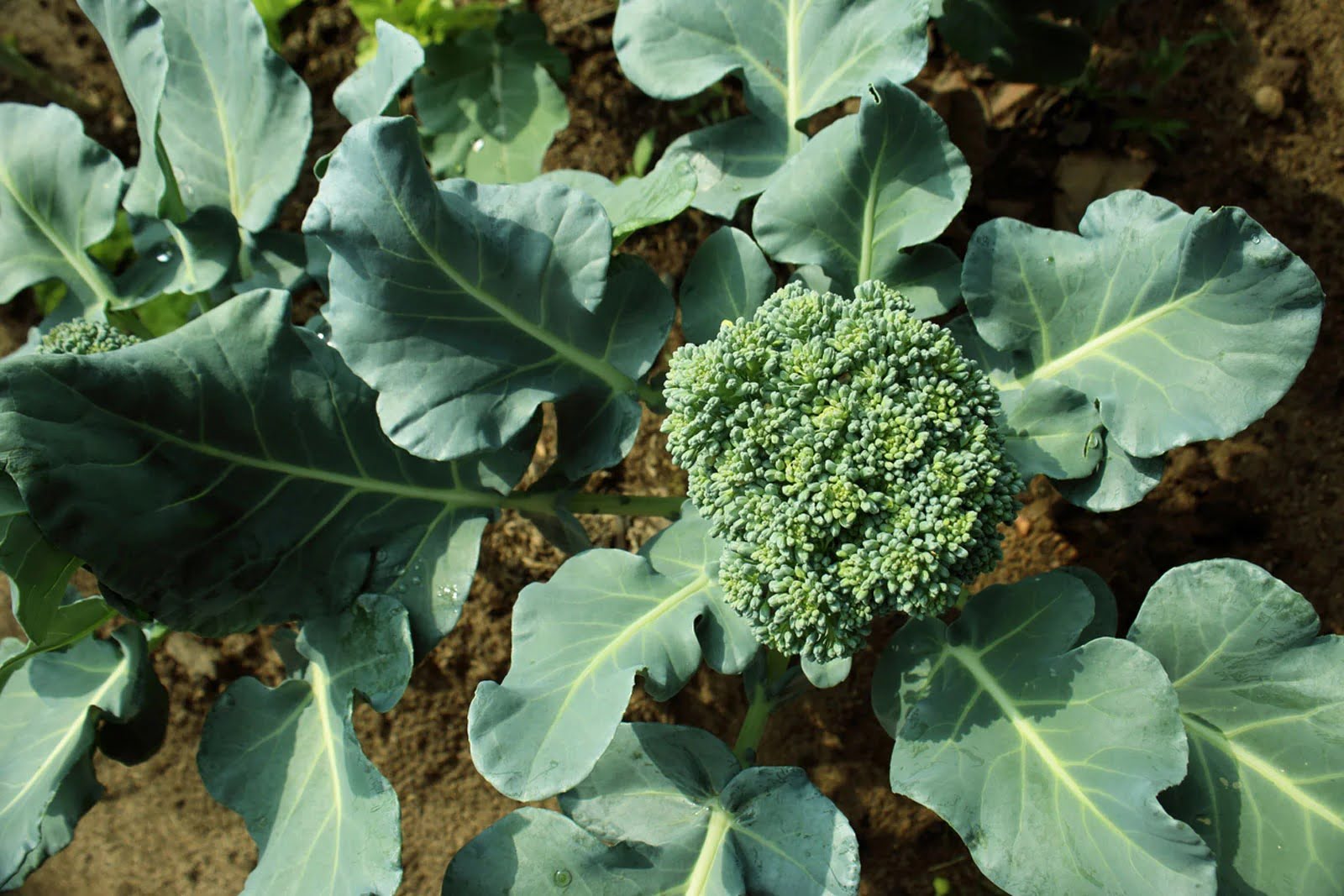

Garden Essentials
How Long To Grow Broccoli From Seed
Modified: March 15, 2024
Discover how long it takes to grow broccoli from seed in your garden. Get expert tips and advice to ensure successful cultivation of this nutritious vegetable.
(Many of the links in this article redirect to a specific reviewed product. Your purchase of these products through affiliate links helps to generate commission for Storables.com, at no extra cost. Learn more)
Introduction
Broccoli is a popular and nutritious vegetable that can be grown in your own garden. Not only does it provide a fresh and healthy addition to your meals, but it is also relatively easy to grow from seed. Whether you’re a seasoned gardener or a beginner, growing broccoli from seed can be a rewarding and satisfying experience.
In this article, we will guide you through the process of growing broccoli from seed, from choosing the right seeds to harvesting the delicious and vibrant florets. So let’s get our hands dirty and dive into the world of broccoli gardening!
Before we embark on our gardening journey, it’s important to note that broccoli is a cool-season crop, preferring temperatures between 60°F and 70°F (15°C and 21°C). It thrives in full sun but can tolerate partial shade, making it a versatile choice for various growing conditions.
Now that we have the basics covered, let’s move on to the first step – choosing the right broccoli seeds.
Key Takeaways:
- Growing broccoli from seed is a rewarding experience for any gardener, offering delicious and nutritious florets straight from your garden to your plate.
- Choose the right broccoli seeds, prepare the soil, and provide proper care to enjoy the unbeatable taste and nutritional value of freshly harvested broccoli.
Read more: How To Grow Broccoli From Seeds
Choosing Broccoli Seeds
When it comes to choosing broccoli seeds, there are a few factors to consider. First and foremost, look for varieties that are suitable for your climate and growing conditions. Some varieties are better suited for colder regions, while others thrive in warmer climates.
It’s also important to consider the maturity date of the broccoli seeds. Broccoli can be classified into early, mid, and late-season varieties, based on the number of days it takes for the plant to reach maturity. If you live in an area with a short growing season, opt for early-season varieties that can be harvested in about 50-70 days. Those with longer growing seasons can choose mid or late-season varieties for a more extended harvest window.
Another factor to consider is the type of broccoli you want to grow. There are different types, including Calabrese (the most common type), sprouting broccoli, and purple broccoli. Each type has its own unique flavor and characteristics, so choose the one that suits your preference.
You can purchase broccoli seeds from local nurseries, garden centers, or online seed catalogs. Look for trusted sources that offer high-quality seeds to ensure a successful growing experience. It’s also a good idea to read reviews or get recommendations from other gardeners to find reliable seed suppliers.
Once you have chosen your broccoli seeds, it’s time to prepare the soil for planting. Let’s explore the next step in our broccoli growing journey – preparing the soil.
Preparing the Soil
The success of your broccoli plants largely depends on the quality of the soil. Before planting your broccoli seeds, it’s crucial to prepare the soil properly to provide the ideal growing conditions for your plants.
Start by choosing a location in your garden that receives full sun or partial shade. Broccoli prefers well-draining soil with a pH level between 6.0 and 7.0. If your soil is heavy or clayey, you can improve its drainage and structure by adding organic matter such as compost or well-rotted manure.
Clear the area of any debris or weeds, as they can compete with your broccoli plants for nutrients and water. Loosen the soil to a depth of about 12 inches (30 cm) using a garden fork or tiller. This will allow the young roots of the broccoli plants to penetrate the soil easily.
If you want to give your broccoli plants an extra boost, you can incorporate a balanced organic fertilizer into the soil before planting. This will provide essential nutrients for healthy growth. Follow the package instructions for appropriate amounts and application methods.
Once the soil is prepared, it’s time to move on to the exciting part – planting the broccoli seeds. Let’s explore the next step in our broccoli growing journey together.
Planting Broccoli Seeds
Now that you have prepared the soil, it’s time to plant your broccoli seeds. Follow these steps to ensure successful germination and growth:
- Moisten the soil: Before planting, make sure the soil is evenly moist, but not waterlogged. This will create the ideal conditions for seed germination. Avoid overwatering, as excessive moisture can lead to fungal diseases.
- Sow the seeds: Create shallow rows or furrows in the soil, about 1/4 to 1/2 inch (0.6 to 1.3 cm) deep. Space the rows about 18 to 24 inches (45 to 60 cm) apart, and sprinkle the broccoli seeds along the rows, maintaining a spacing of around 3 to 4 inches (7.5 to 10 cm) between seeds.
- Cover and label: Lightly cover the seeds with soil or vermiculite. Gently firm the soil over the seeds to ensure good seed-to-soil contact. Label the rows to keep track of the varieties you have planted.
- Water gently: Use a watering can or a gentle spray nozzle on a hose to water the seeds. Keep the soil consistently moist, but avoid overwatering. Be patient, as germination can take anywhere from 5 to 10 days.
- Thin the seedlings: Once the seedlings have grown to a height of 2 to 3 inches (5 to 7.5 cm), thin them out, keeping only the strongest and healthiest plants. Maintain a spacing of about 12 to 18 inches (30 to 45 cm) between the remaining plants.
Remember to monitor the weather and protect the young seedlings if there is a threat of frost. You can cover them with a lightweight row cover or plastic to provide some extra protection.
As the broccoli plants grow, it’s important to provide them with proper care. Let’s explore the next step in our broccoli growing journey – watering and fertilizing.
Broccoli takes about 60-100 days to grow from seed to harvest. Start seeds indoors 6-8 weeks before the last frost, then transplant outside once the soil is workable. Keep the soil consistently moist and provide plenty of sunlight for best results.
Watering and Fertilizing
Proper watering and fertilizing are essential for the healthy growth of your broccoli plants. Here are some tips to keep in mind:
Watering:
Broccoli plants need consistently moist soil, but they also require good drainage to prevent waterlogged roots. Water your plants deeply about once a week, providing them with about 1 to 1.5 inches (2.5 to 3.8 cm) of water. However, adjust the frequency depending on weather conditions – if it’s particularly hot or dry, you may need to water more often.
Avoid overhead watering, as it can promote the spread of diseases. Instead, use a soaker hose or drip irrigation to deliver water directly to the soil. Water in the morning to allow the leaves to dry before evening and minimize the risk of fungal problems.
Fertilizing:
Broccoli plants are heavy feeders and benefit from regular fertilization. Before planting, you can incorporate a balanced organic fertilizer into the soil. Additionally, you can apply a side dressing of fertilizer once the plants are about 3 to 4 weeks old.
Use a nitrogen-rich fertilizer to promote leafy growth, but make sure not to exceed the recommended dosage, as this can lead to excessively vigorous leaves at the expense of flower development. Follow the fertilizer package instructions for appropriate amounts and application methods.
Throughout the growing season, you can supplement the soil with compost or organic matter to provide a slow-release source of nutrients.
Now that you know how to water and fertilize your broccoli plants, it’s important to be aware of common pests and diseases that can impact their health. Let’s explore how to manage pests and diseases in the next section.
Managing Pests and Diseases
As with any garden plants, broccoli is susceptible to a variety of pests and diseases. However, with proper monitoring and proactive prevention measures, you can keep your broccoli plants healthy and thriving. Here are some tips for managing pests and diseases:
Pest Control:
– Aphids: These small, soft-bodied insects can cluster on the undersides of leaves and cause damage by sucking sap from the plants. Control aphids by spraying a strong stream of water to dislodge them or by using insecticidal soap or neem oil.
– Cabbage loopers and cabbage worms: These are common caterpillar pests that feed on broccoli leaves. Handpick them off the plants or use organic insecticides such as Bacillus thuringiensis (Bt).
– Slugs and snails: These slimy creatures can chew on leaves and damage young seedlings. Control them by placing traps such as beer traps or using organic slug pellets.
Disease Prevention:
– Damping-off: This fungal disease affects young seedlings, causing them to wilt and die. To prevent damping-off, make sure your soil has good drainage and avoid overwatering. Start with healthy seeds and use sterile seed-starting mix.
– Downy mildew: This fungal disease appears as grayish patches on the undersides of leaves. Provide good air circulation by spacing plants properly and avoid overhead watering. Use fungicides if necessary.
– Clubroot: This soil-borne disease causes stunted growth and malformed roots. Rotate crops and avoid planting broccoli in the same location for consecutive years. Choose resistant varieties if available.
– Powdery mildew: This fungal disease forms a white powdery coating on leaves. Provide good air circulation and avoid overhead watering. Use fungicides if necessary.
Regularly inspect your plants for any signs of pests or diseases, and take prompt action to prevent further damage. Cultural practices such as keeping the garden clean and weed-free, removing and destroying affected leaves, and practicing crop rotation can also help reduce the risk of pest and disease problems.
Now that you’re equipped with knowledge on managing pests and diseases, let’s move on to the next exciting step – harvesting broccoli!
Harvesting Broccoli
One of the most satisfying moments as a gardener is the time to harvest your homegrown broccoli. Knowing when and how to harvest ensures that you can enjoy the delicious and nutritious florets at their peak. Here are some guidelines for harvesting broccoli:
Timing:
Broccoli is typically ready for harvest when the heads are firm and compact, and the buds are still tightly closed. Harvesting too early will result in small heads, while waiting too long can cause the florets to open and turn yellow.
Method:
To harvest broccoli, use a sharp knife or pruners to cut the main head at the base, about 5 to 6 inches (13 to 15 cm) below the head. Make the cut at a slight angle to prevent water from pooling on the cut surface, which can lead to rot. Leave a few inches of the stem attached to the head.
After cutting the main head, smaller side shoots will continue to develop and can be harvested later. These secondary heads, also known as “broccolini” or “sprouting broccoli,” can be harvested when they reach a desirable size, usually 4 to 6 inches (10 to 15 cm) in length.
Continued Harvest:
In many cases, the main head is the largest and most desirable part of the broccoli plant. However, the plant will continue to produce side shoots for several weeks after the main head has been harvested. Keep an eye on these secondary heads and harvest them regularly to encourage further production.
Storage:
Broccoli is best when eaten fresh, but if you have an abundance of harvested heads, you can store them in the refrigerator for up to one week. To maintain freshness, place the heads in a plastic bag, removing as much air as possible. Avoid washing the heads until you’re ready to use them, as excess moisture can cause spoilage.
Now that you know how to harvest broccoli, you can enjoy the fruits of your labor in the kitchen. But before we wrap up, let’s review what we’ve learned.
Conclusion
Growing broccoli from seed can be a rewarding and satisfying experience for any gardener, whether you’re a seasoned pro or a beginner. By following the steps outlined in this article, you can successfully grow your own broccoli and enjoy the delicious, nutritious florets straight from your garden to your plate.
From choosing the right broccoli seeds to preparing the soil, planting the seeds, and providing proper care through watering, fertilizing, and managing pests and diseases, each step is essential in ensuring healthy plant growth and a bountiful harvest.
Remember to select broccoli varieties suited for your climate and growing conditions, and to prepare the soil with adequate drainage and organic matter. Plant the seeds at the right depth and distance, and provide consistent moisture while avoiding overwatering. Fertilize with a balanced organic fertilizer, and be vigilant in managing pests and diseases to protect your plants.
When the time comes, harvest your broccoli heads at the right stage, ensuring they are firm and compact. Don’t forget to continue harvesting the smaller side shoots for an extended harvest period, and store the harvested heads properly to maintain their freshness.
By taking these steps, you’ll not only experience the joy of growing your own food but also enjoy the unbeatable taste and nutritional value of freshly harvested broccoli.
So get your gardening gloves on and start planting those broccoli seeds. With a little care and patience, you’ll soon be savoring the delights of homegrown broccoli and reaping the rewards of your green thumb.
Add a bit of excitement and anticipation to your garden by trying different broccoli varieties and experimenting with different growing techniques. Before you know it, you’ll have a thriving broccoli patch, satisfying your taste buds and enhancing your meals with garden-fresh goodness.
Frequently Asked Questions about How Long To Grow Broccoli From Seed
Was this page helpful?
At Storables.com, we guarantee accurate and reliable information. Our content, validated by Expert Board Contributors, is crafted following stringent Editorial Policies. We're committed to providing you with well-researched, expert-backed insights for all your informational needs.
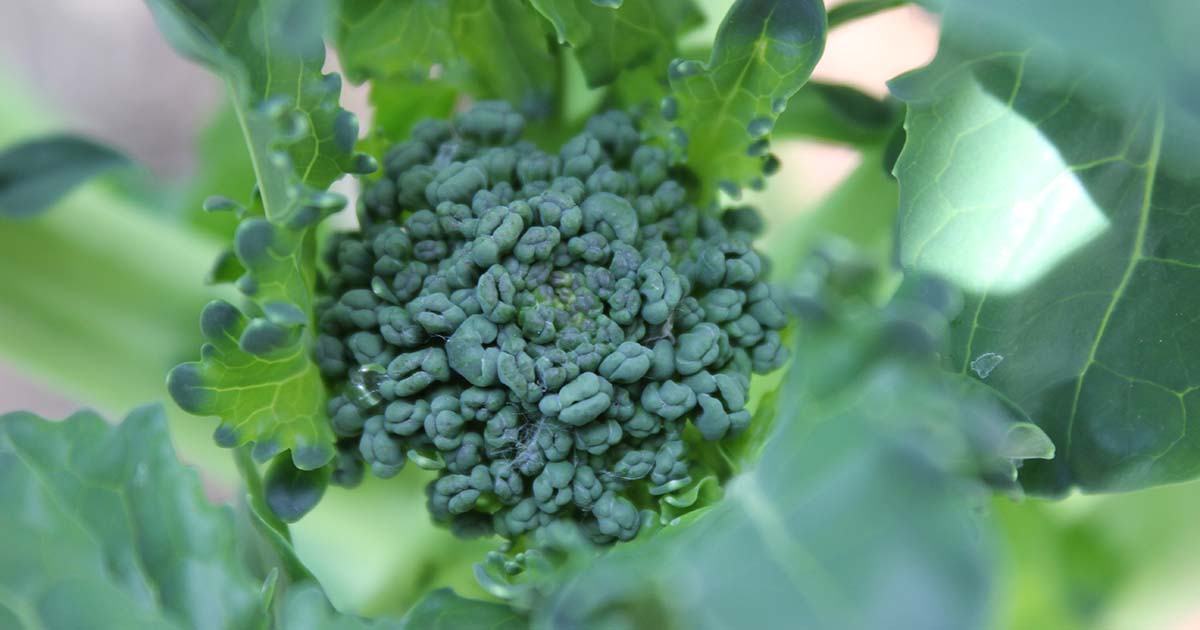
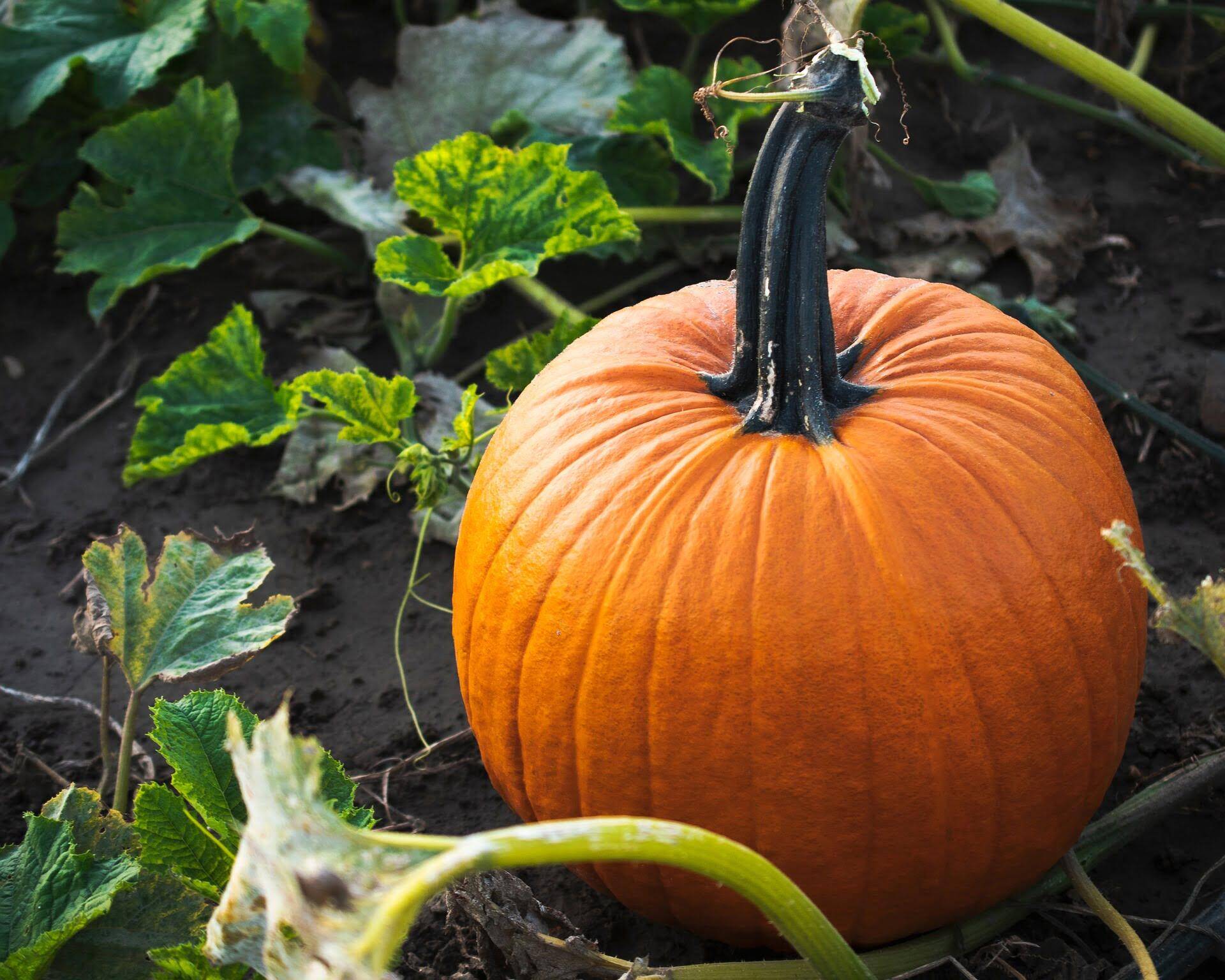
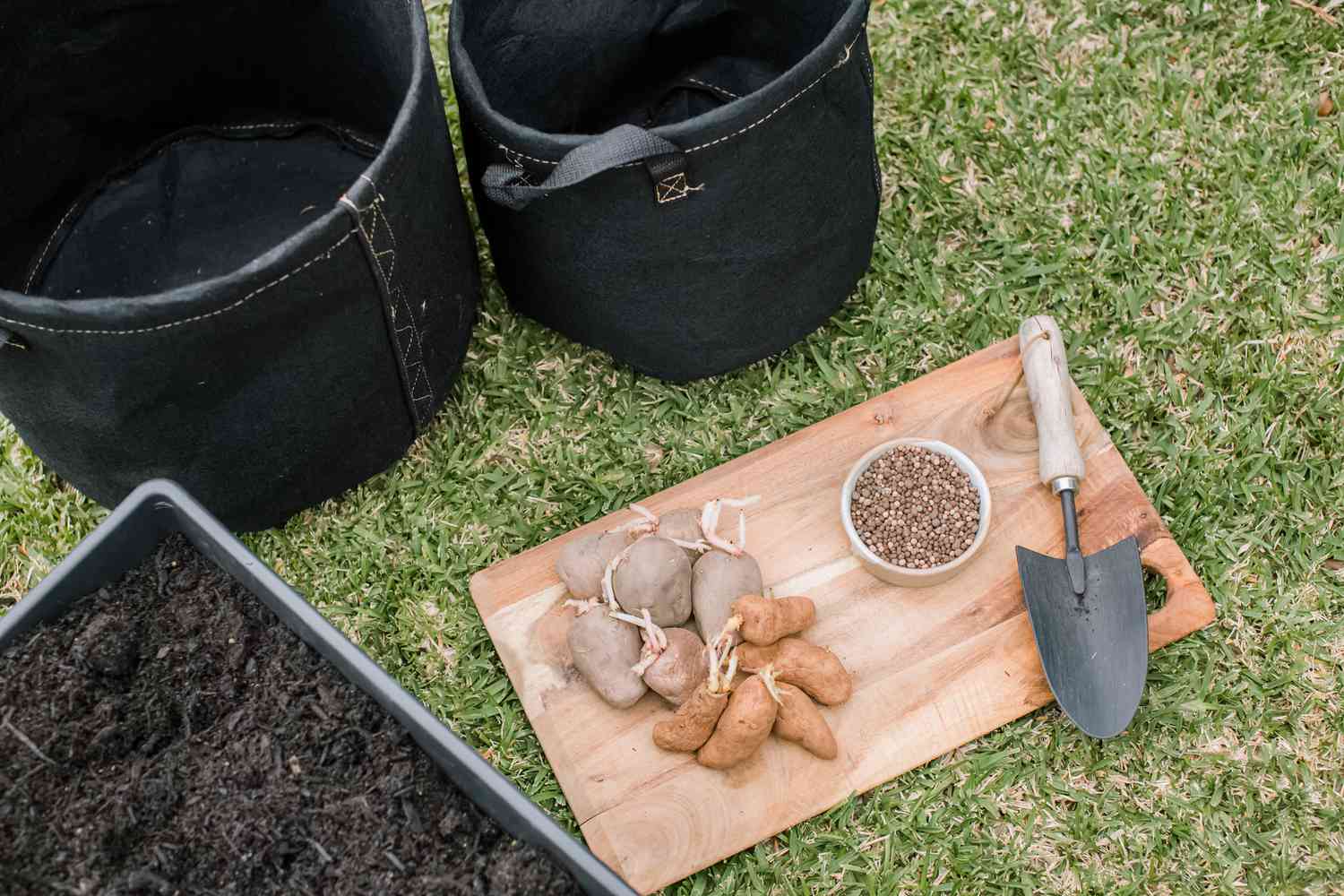
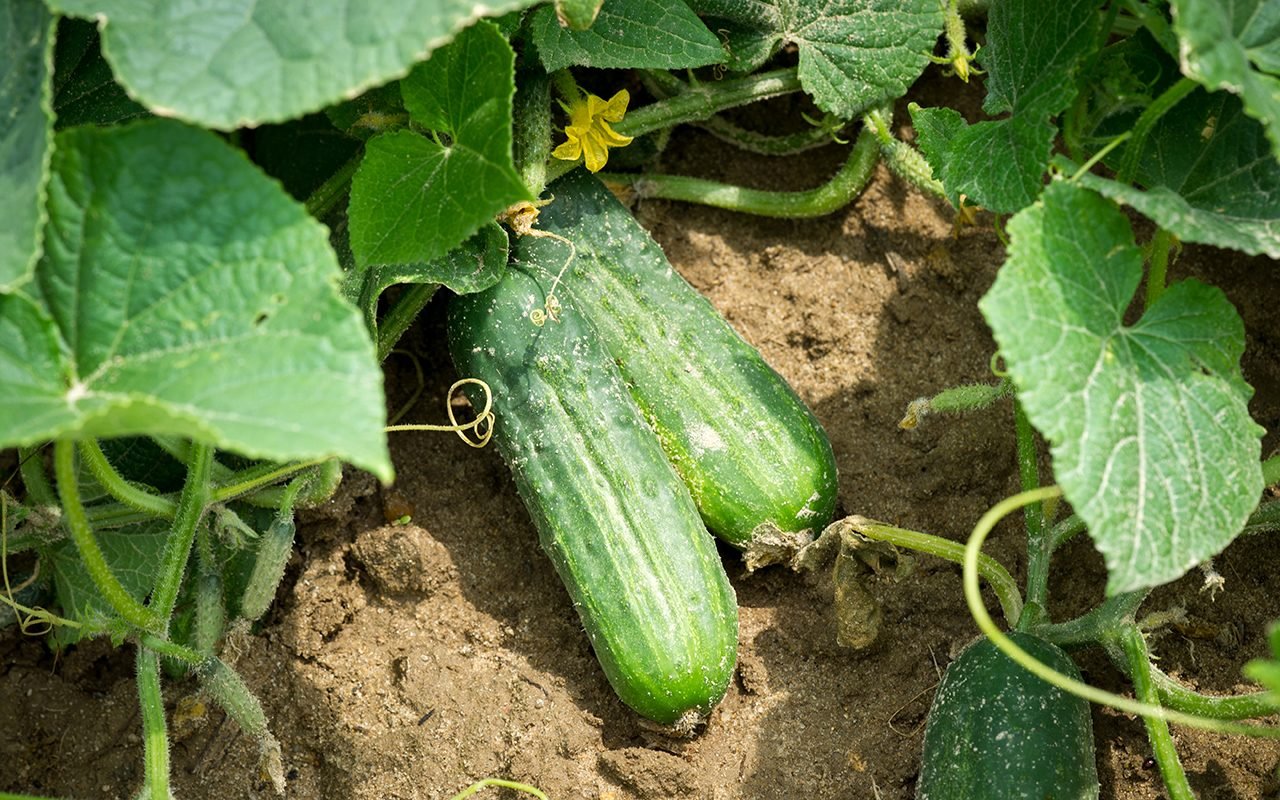
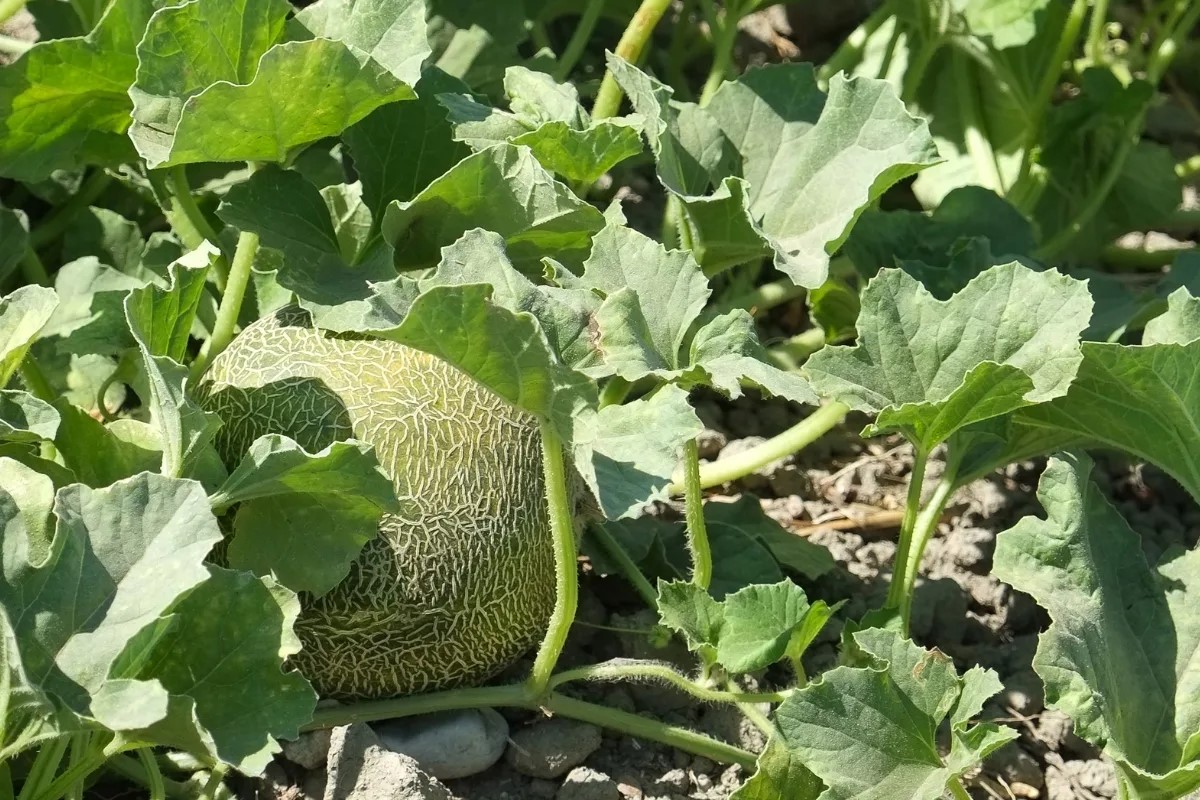
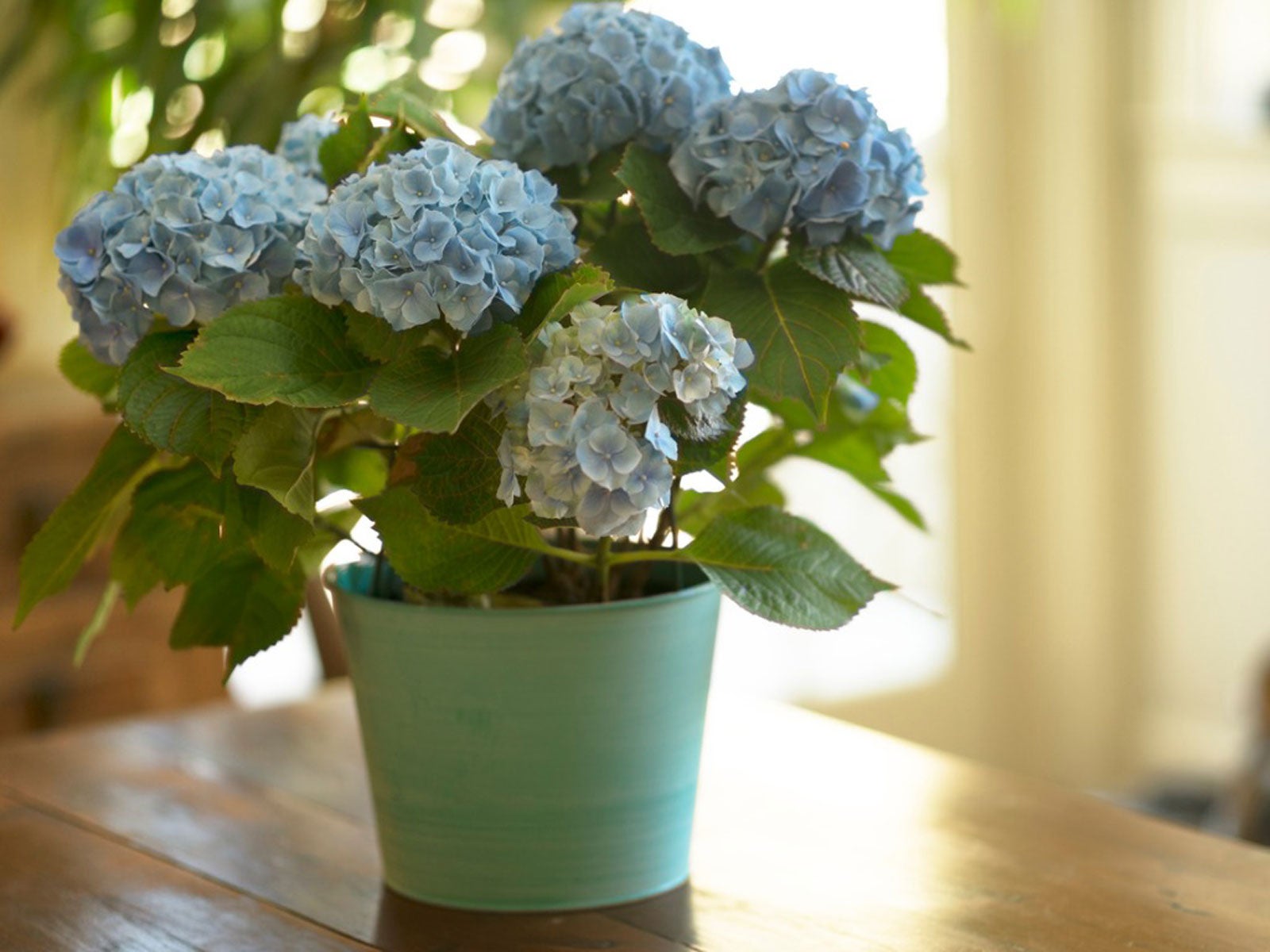
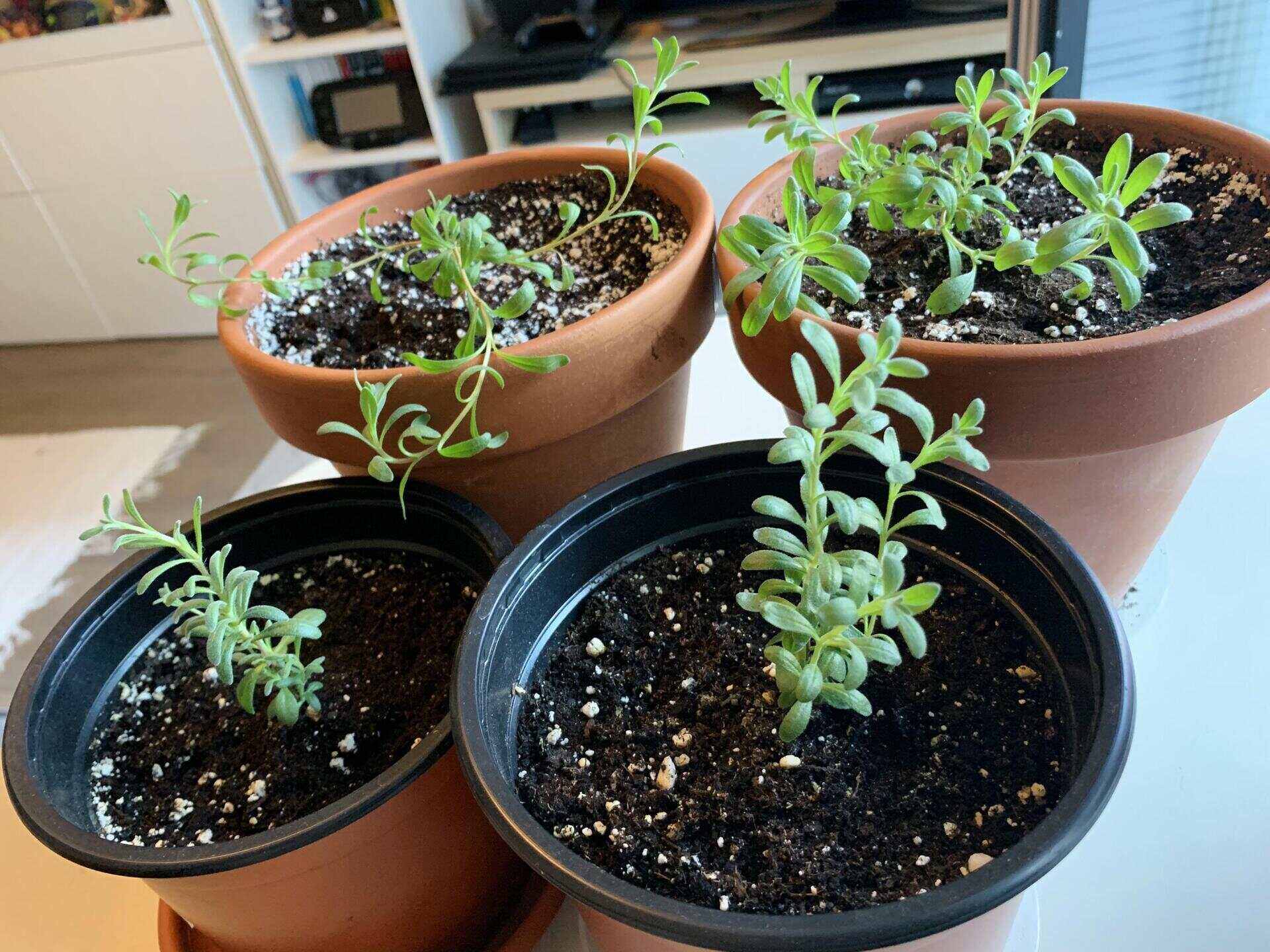
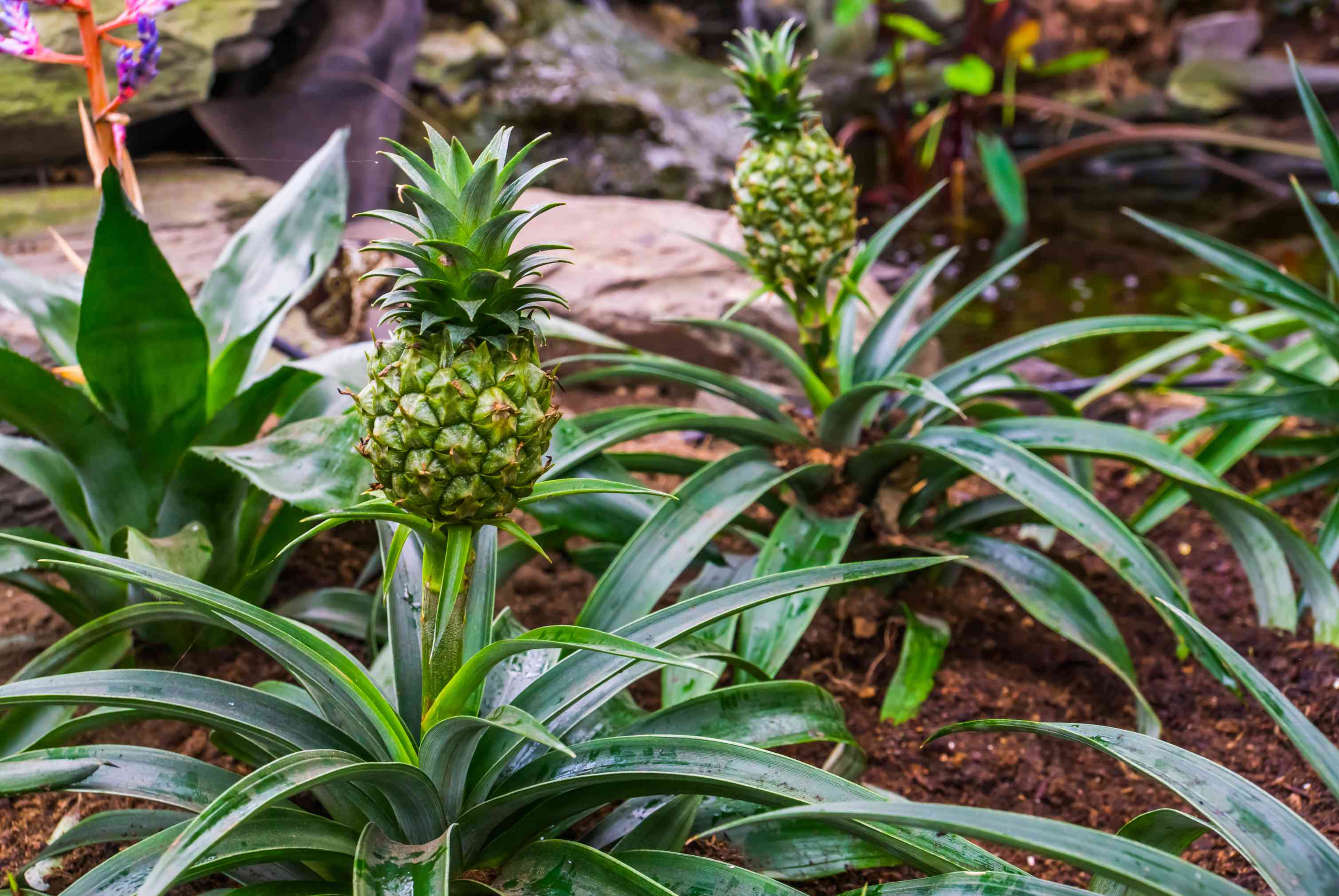
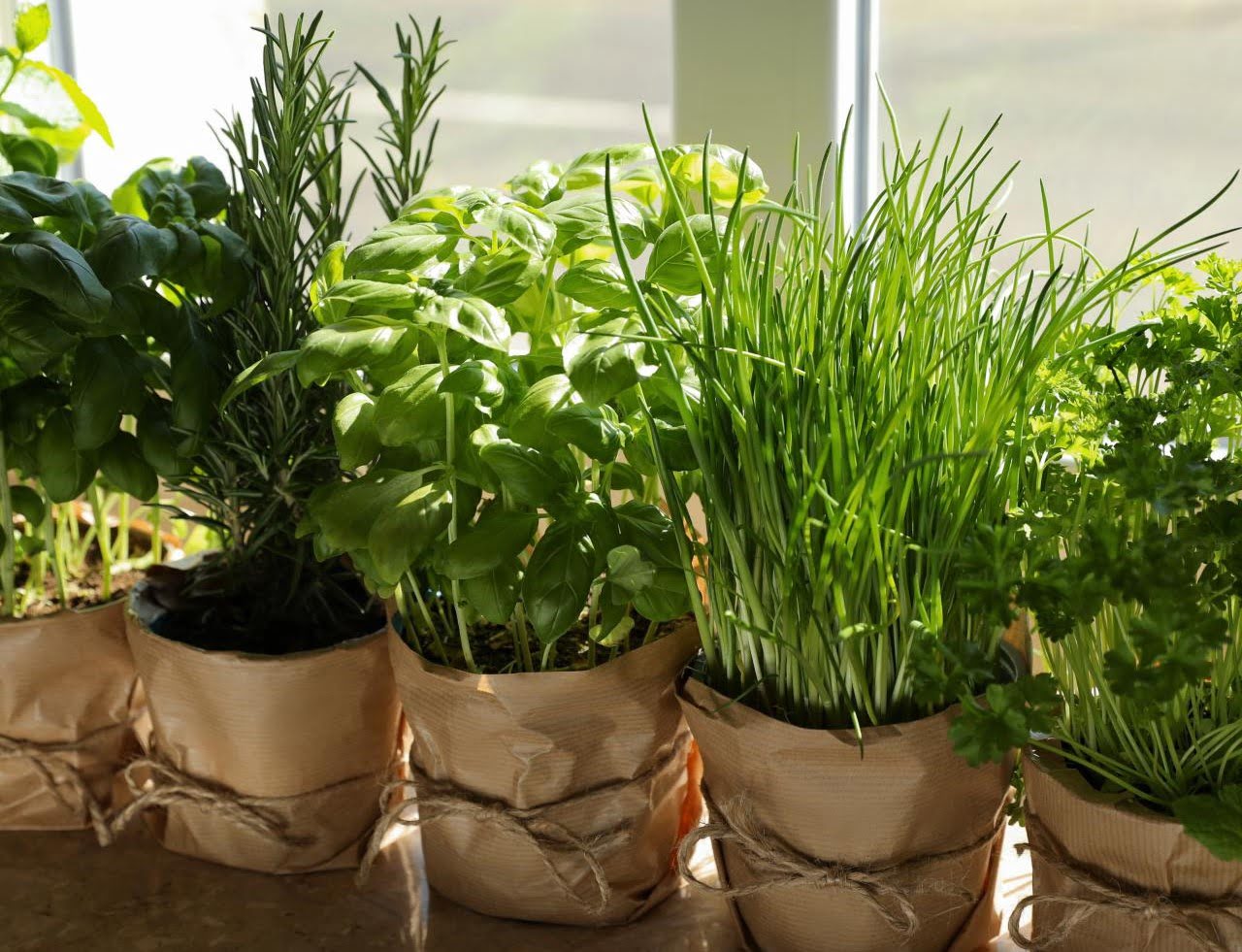
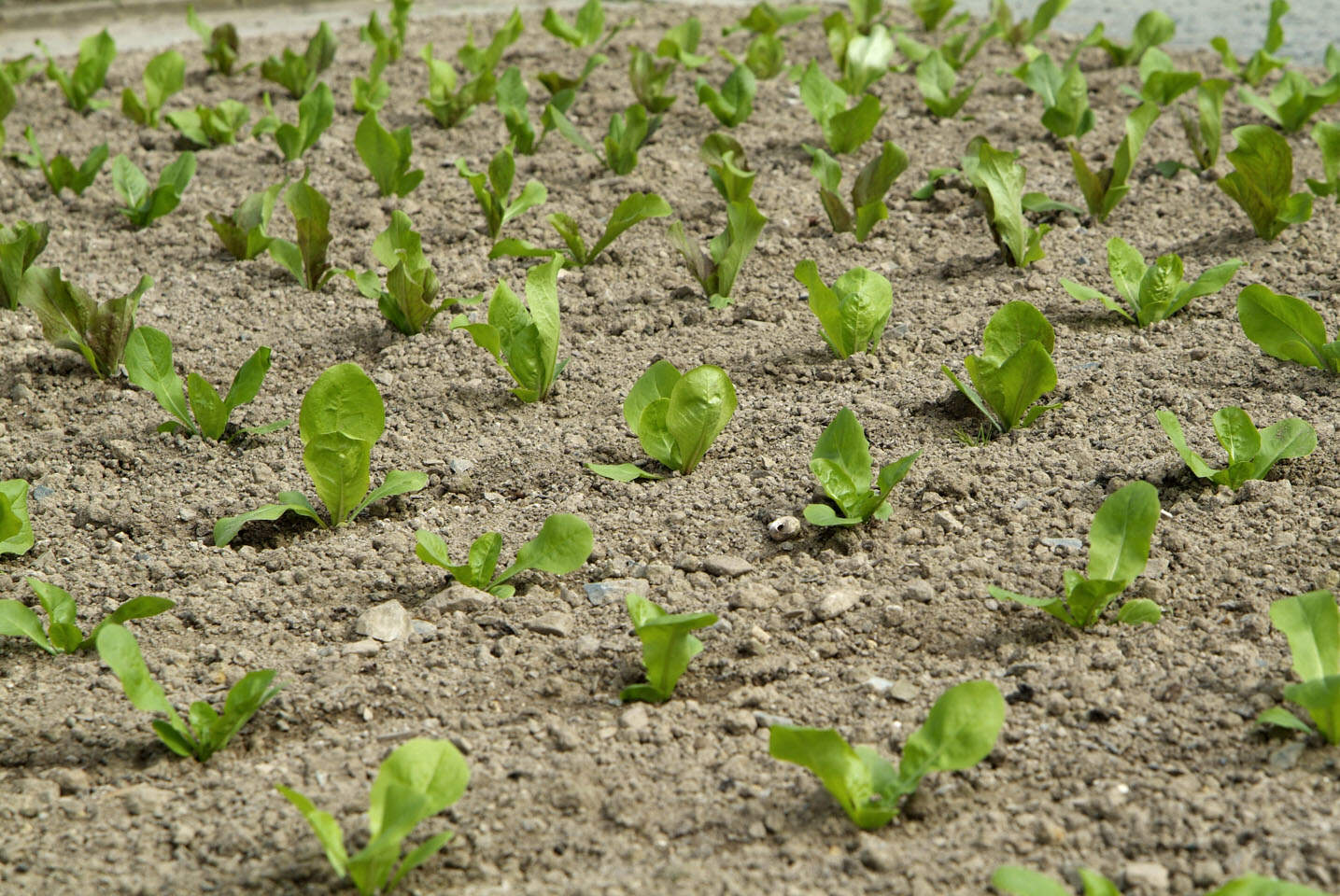
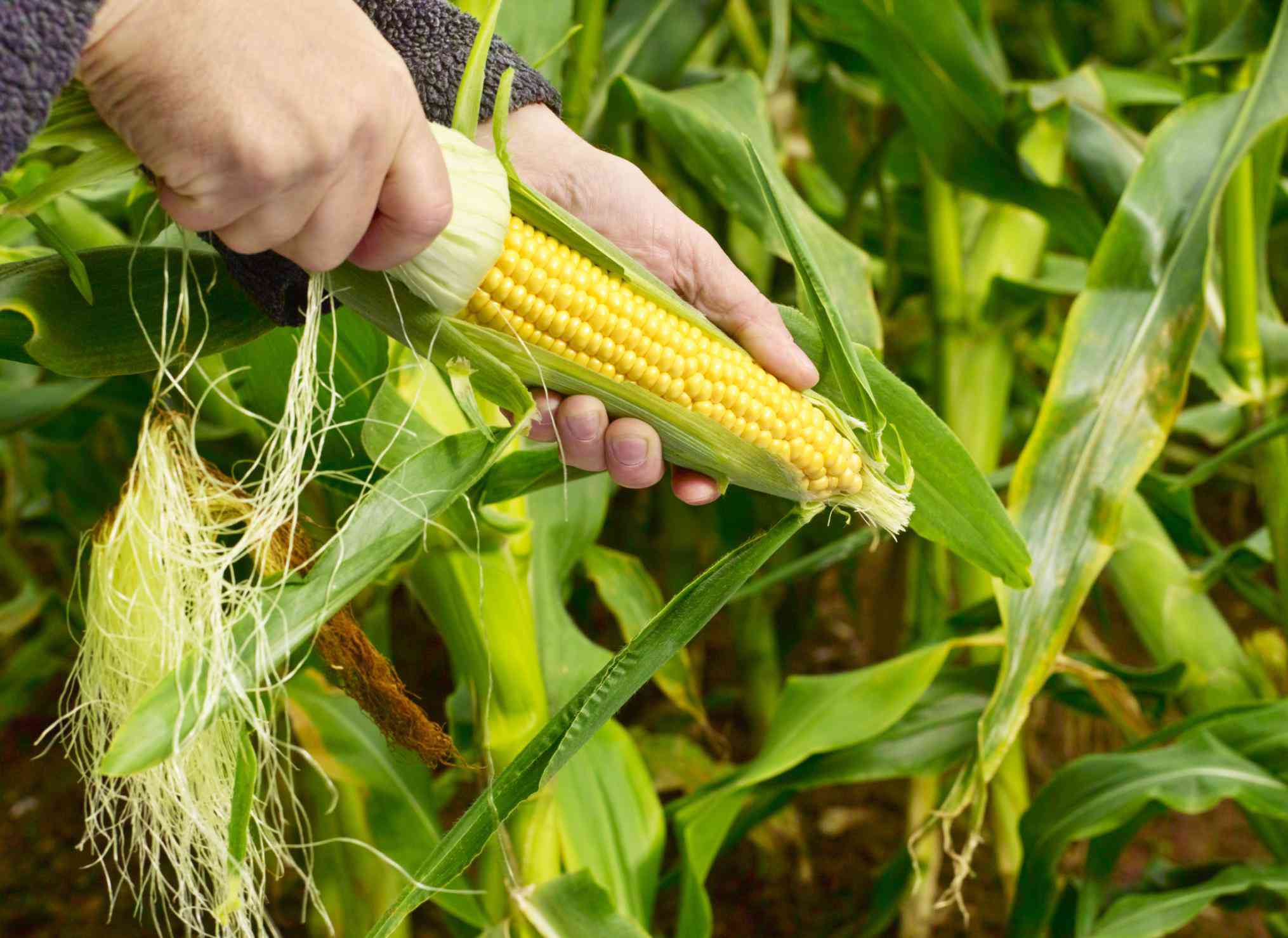
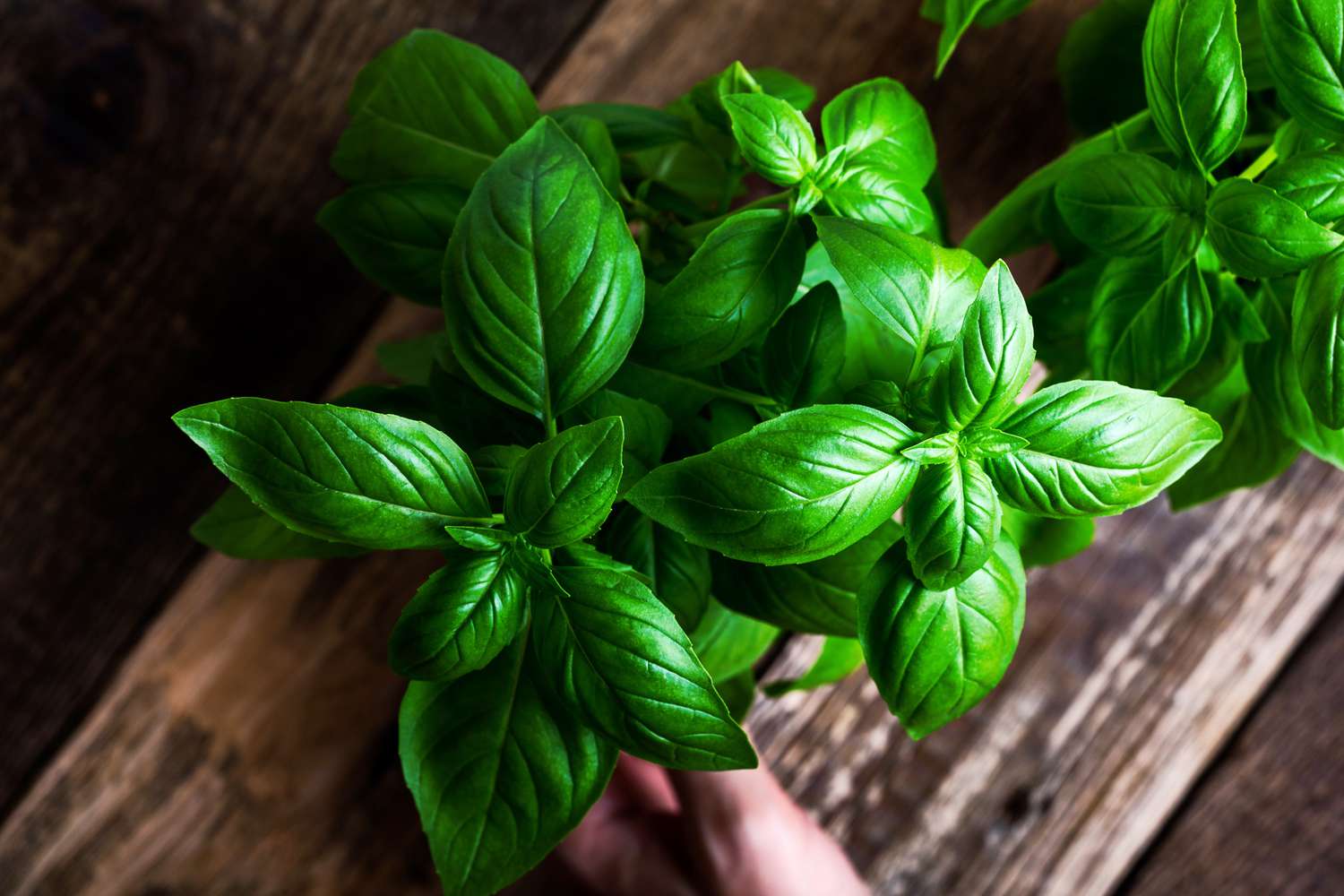
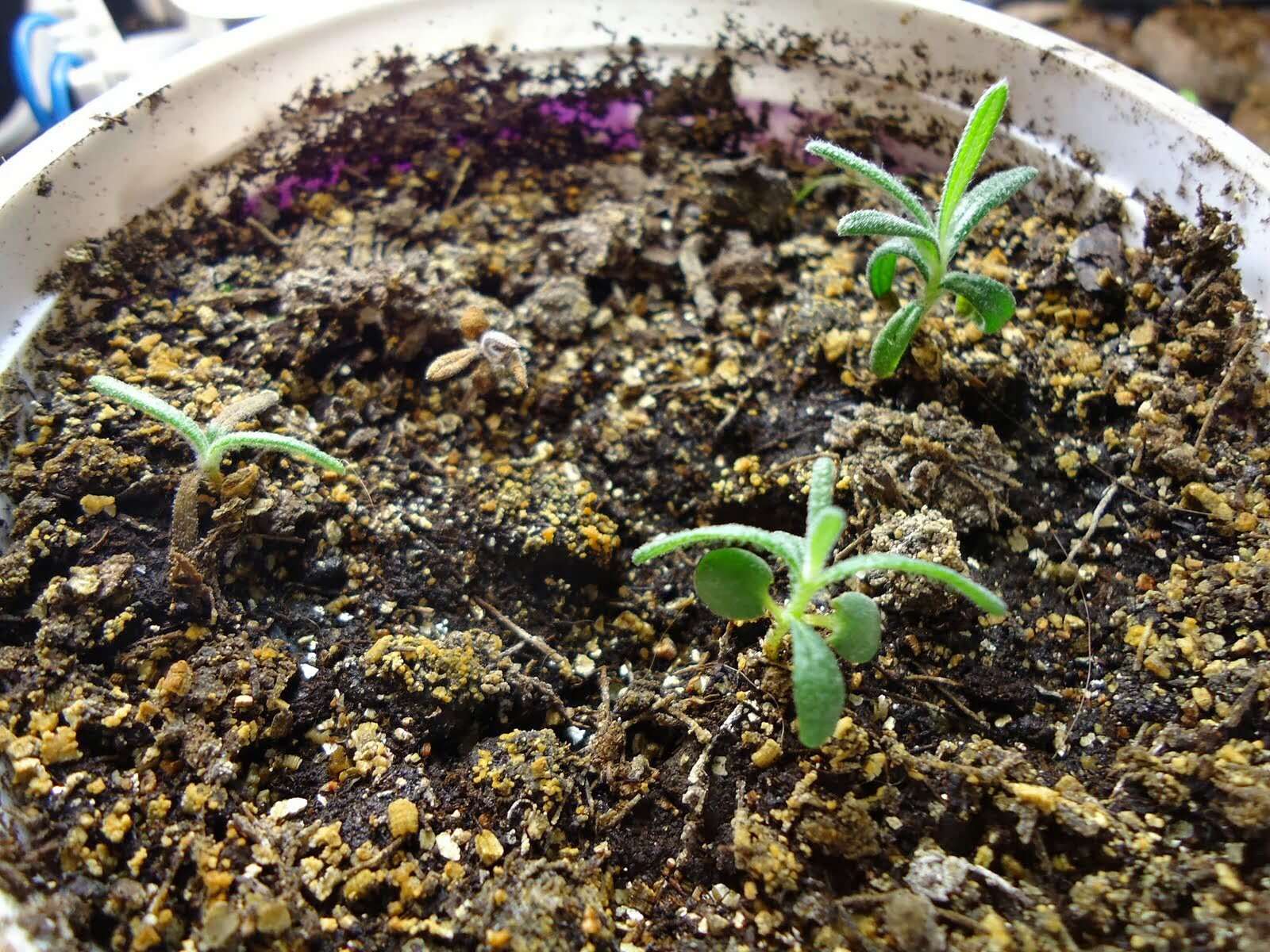
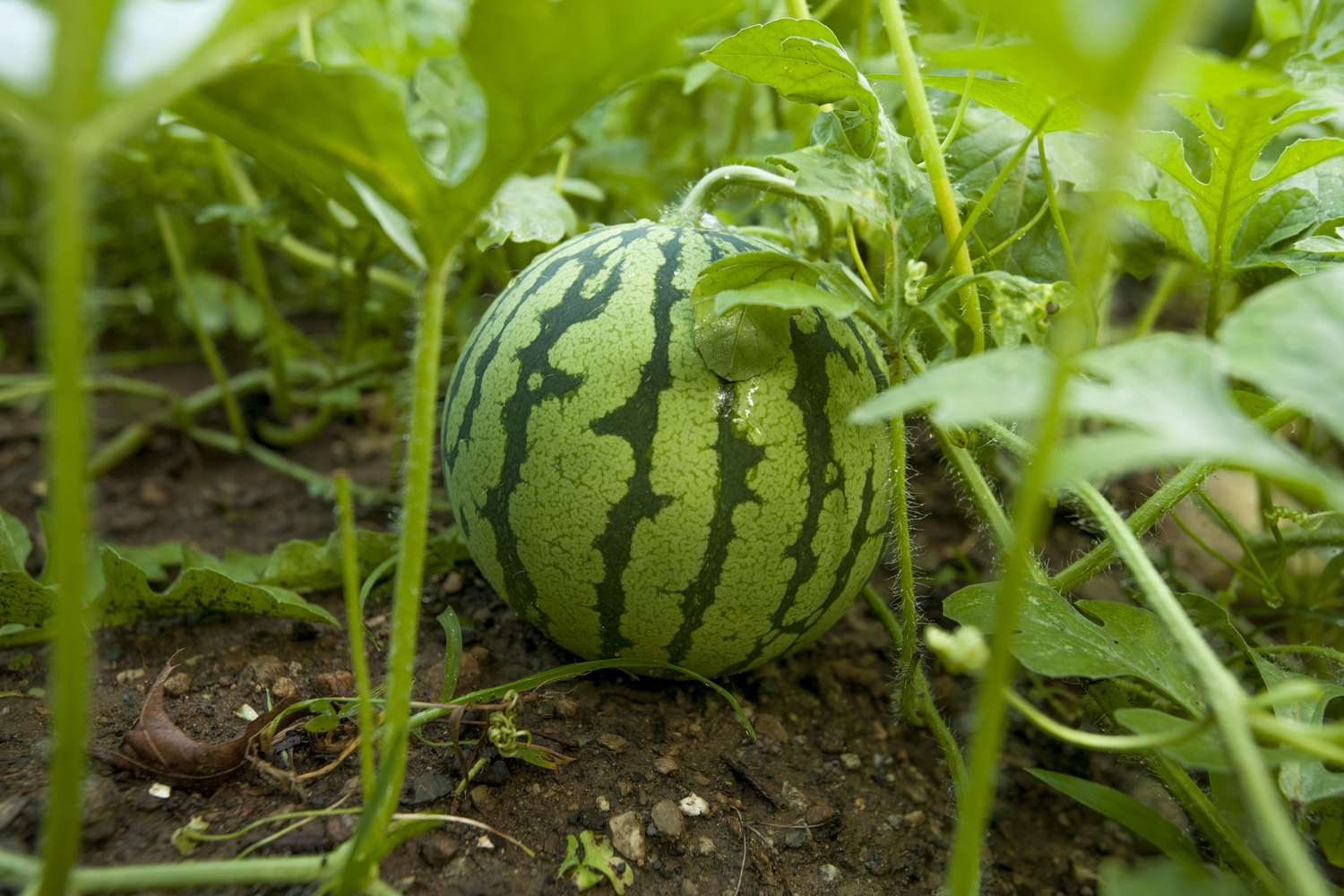

0 thoughts on “How Long To Grow Broccoli From Seed”